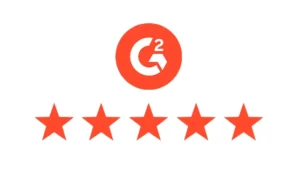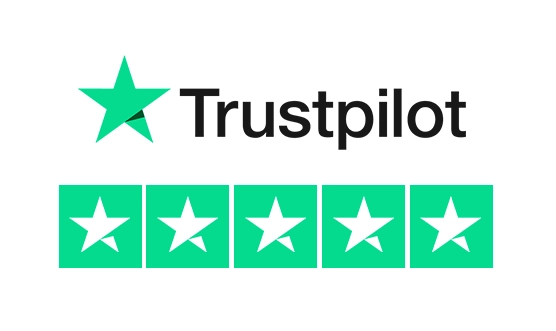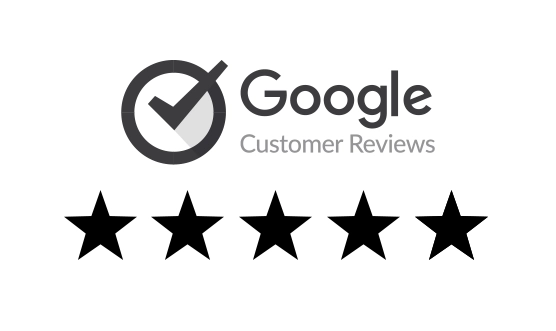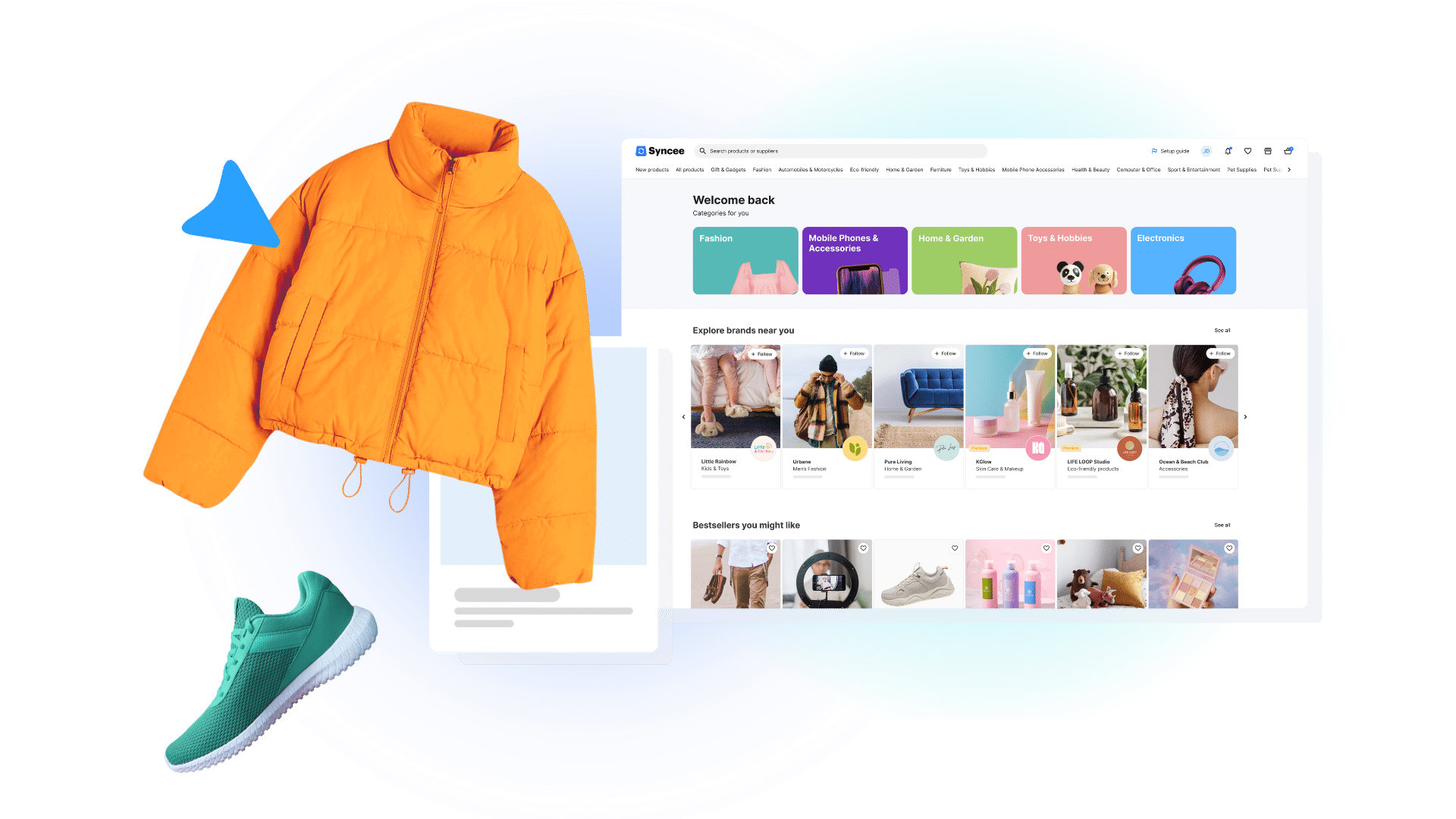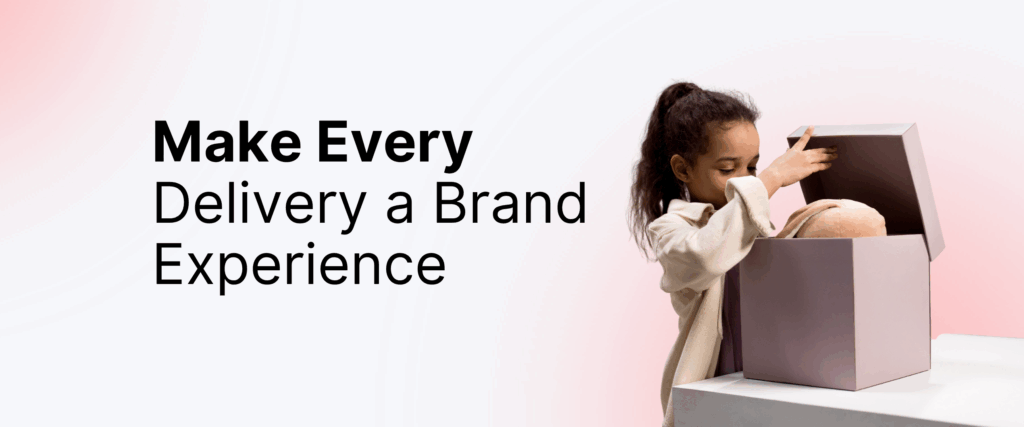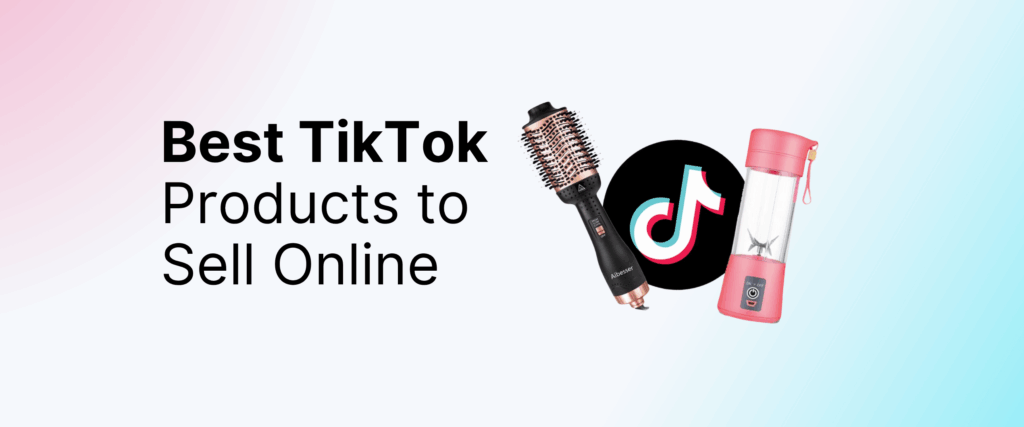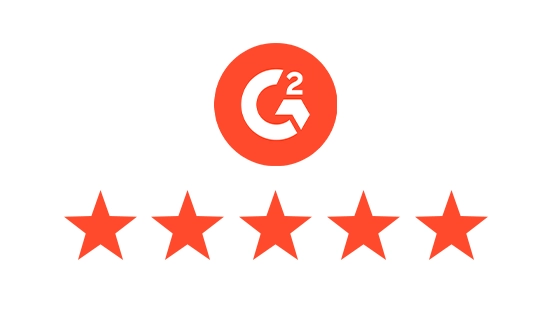Understanding the cost of dropshipping is one of the most important steps before starting your ecommerce journey. While dropshipping is known for its low upfront investment, several recurring and optional costs can affect your overall profitability. In this easy-to-read guide, we break down the essential and optional expenses of running a Shopify dropshipping store with the help of Syncee. The cost of dropshipping varies depending on various factors, and it’s crucial to consider all potential expenses.
Before diving into the costs, it’s essential to grasp the fundamental concept of dropshipping. This model allows entrepreneurs to sell products without maintaining inventory, where suppliers handle stock and shipping directly to customers. This not only reduces upfront costs but also mitigates risks associated with unsold inventory, making it a popular choice for new business owners.
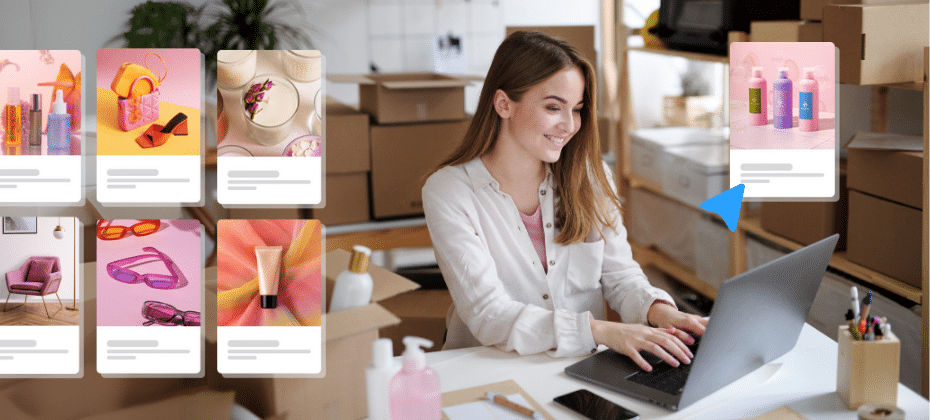
Compulsory Costs
When planning your budget, it’s essential to factor in the total cost of dropshipping to avoid unexpected expenses.
Before launching your dropshipping store, it’s important to understand the foundational costs that will keep your business up and running. These are the non-negotiable monthly or annual charges you’ll need to cover to access core functionalities like the cost of platforms, product sourcing, or domain ownership. Let’s break down these essential expenses and explore what each one covers.

Whether you’re budgeting for your first store or optimizing an existing one, knowing the true cost of dropshipping helps you make informed decisions and grow your business sustainably. Understanding the detailed cost of dropshipping will help you make informed decisions and optimize your business strategies.
Shopify Plan
To run a store on Shopify, you’ll need to choose one of the following plans in 2025:
- Basic Shopify – $39/month
- Grow – $105/month
- Advanced Shopify – $399/month
Each plan offers different features such as staff accounts, professional reports, and international pricing tools. Choose the one that fits your business scale. Additionally, Shopify charges transaction fees unless you use Shopify Payments. These range from 2.9% to lower percentages on higher plans.
Each Shopify plan affects the cost of dropshipping, making it vital to align your choice with your business needs. Evaluating Syncee’s subscription options can help manage the cost of dropshipping effectively as you grow. The right Syncee plan can significantly impact your overall cost of dropshipping by connecting you to reliable suppliers.
Syncee Subscription
Syncee connects you with verified dropshipping suppliers and automates your product and order management. Its plans helps you source products from global suppliers. Plans include:
- Free Plan: $0/month – explore products
- Basic Plan: $39.99/month – up to 25 products
- Pro Plan: $59.99/month – up to 250 products
- Business Plan: $99.99/month – up to 10,000 products, 24/7 support
- Plus Plan: $299.99/month – up to 50,000 products, 24/7 support
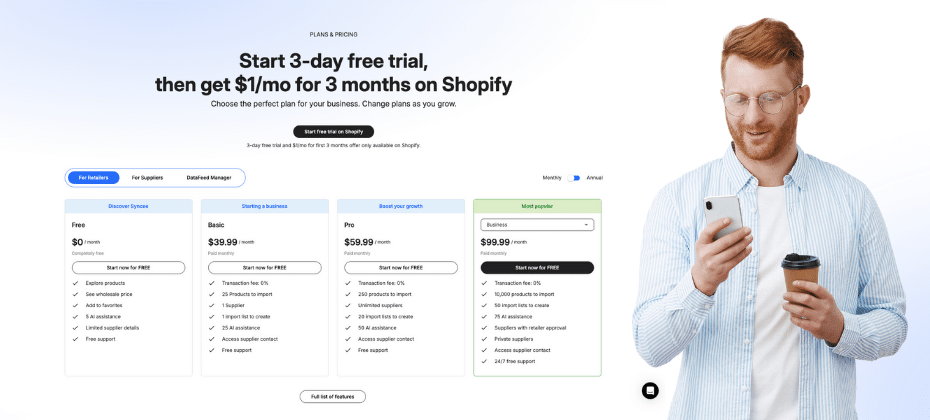
Domain Name
Your custom domain helps build trust with customers and reflects your branding. A domain name is a small yet necessary part of the cost of dropshipping that helps establish your brand.
- Expected cost: $10–$15/year, depending on the domain registrar.
Business Formation Costs
Establishing your business legally is a critical step. Even though it’s a one-time or annual cost, it’s important to include this in your budgeting plan:
- LLC registration (US): $50–$500 depending on your state
- EIN (Employer Identification Number): Free via IRS (US), but may have a cost if using a service
- Registered agent service: $100–$300/year (if required)
- Accounting/tax software or services: $10–$50/month or $200–$500/year
These legal and compliance-related costs are often overlooked but essential for protecting your business, enabling tax deductions, and ensuring operational legitimacy. Furthermore, these costs may vary by state or country.
Additionally, understanding the market and your target audience can significantly influence cost management. For instance, conducting market research can help you determine which products are in demand, allowing you to focus your efforts and financial resources more effectively.
Payment Processing Fees
Don’t forget Shopify’s payment fees or external gateway charges. These typically range from 2% to 2.9% per transaction and can eat into your margins.
Optional Dropshipping Costs
Once your store is operational, you’ll likely want to improve performance, boost conversions, and grow traffic. This is where optional—but highly beneficial—tools and services come into play. These costs aren’t required to launch a store, but they can significantly reduce the overall cost of dropshipping while enhancing your competitive edge.
Paid Apps
Apps extend Shopify’s native functionality. They help with:
- Product reviews (Loox, Judge.me)
- Pop-ups and email capture (Privy, Klaviyo)
- SEO enhancements
- Cart recovery
Average cost: $20–$100/month depending on features.
Understanding how these product costs influence the overall cost of dropshipping is essential for effective pricing. Payment processing fees also contribute to the total cost of dropshipping, so be sure to factor these into your budget.
Premium Themes
Knowing about optional costs will allow you to weigh the benefits against the total cost of dropshipping. Visual identity matters. Premium themes increase credibility and conversion.
- One-time cost: $150–$350
- Shopify Theme Store and 3rd-party developers offer dozens of tested, responsive themes
Advertising & Marketing
No store survives without traffic. You can grow organically, but paid marketing accelerates traction.
- Facebook/Instagram Ads: $0.50–$1.00 per click
- Google Ads: $1–$2 per click
- Influencer marketing: $100–$1000 per shoutout
Start with small campaigns and scale once ROAS (return on ad spend) is positive.
Sample Orders
Ordering samples before listing products helps you:
- Check packaging, branding, shipping times
- Evaluate quality to avoid returns or bad reviews
Cost per sample: $10–$50 depending on the product.
Wholesale as a Strategic Alternative
While dropshipping is a great way to minimize risk and investment, considering wholesale purchasing can also be worthwhile—especially if you’re scaling or want to improve your profit margins. With wholesale, you typically buy products in bulk at a lower per-unit cost, allowing for greater control over pricing and shipping. It also opens the door to creating custom packaging, bundling options, and branding opportunities.
- Check packaging, branding, shipping times
- Evaluate quality to avoid returns or bad reviews
Many Syncee suppliers offer hybrid models where you can start with dropshipping and transition to wholesale once your sales volume grows. This flexibility means you can validate a product without risk, then reinvest profits to reduce unit costs and increase margins through wholesale later. If you’re committed to growing a serious ecommerce business, blending dropshipping with strategic wholesale orders could be your best next step. Ordering samples before listing products helps you:
Design & Branding Help
A strong brand identity goes beyond just a logo—it includes your store’s color scheme, typography, tone of voice, and overall design consistency. These elements collectively tell your brand story and help build emotional connections with potential customers.
If you’re not a designer, these investments enhance user trust and reduce bounce rates.:
- Hire on Fiverr or Upwork
- Logo: $20–$100
- Full store visuals: $100–$300
Professional branding makes your store feel more legitimate and increases your chances of standing out in a crowded market. It’s worth investing in a branding style guide or hiring a freelance designer who can help craft a visual language that speaks directly to your target audience.
Make sure your visuals are aligned across channels—store banners, social media content, email headers, and product packaging should all reflect a unified, polished image. Even basic tools like Canva Pro can help maintain consistency if you’re building everything yourself.

Incorporating customer feedback into your product selection process can also be a cost-effective strategy. By understanding what your customers want, you can make more informed decisions about which products to feature, potentially leading to increased sales and reduced returns.
Email Marketing
Email marketing is one of the highest ROI channels for ecommerce. While free plans are available for up to a few hundred subscribers, scaling to thousands of contacts typically costs $20–$150/month or more.
Tools like Klaviyo, Omnisend, or Mailchimp allow you to:
- Send abandoned cart flows
- Promote sales and discount campaigns
- Nurture loyal customers through automated sequences
- Deliver transactional emails (order confirmations, shipping updates)
- Segment audiences for targeted messaging
Successful email strategies involve well-crafted subject lines, mobile-friendly designs, and personalized content. Even basic automation (e.g., welcome series, product recommendations, post-purchase emails) can significantly boost your conversion rate and customer retention. For best results, combine your email platform with Shopify customer data and Syncee’s product info to create dynamic, relevant campaigns that drive repeat purchases.
Pricing Strategy & Profit Planning
Setting the right prices for your products isn’t just about making sales—it’s about ensuring profitability and long-term success. A smart pricing strategy considers all your costs, customer expectations, and market benchmarks. In this section, we’ll break down how to calculate profit margins and retail prices effectively.
By understanding your costs thoroughly, you can effectively strategize around the cost of dropshipping and improve your profit margins.
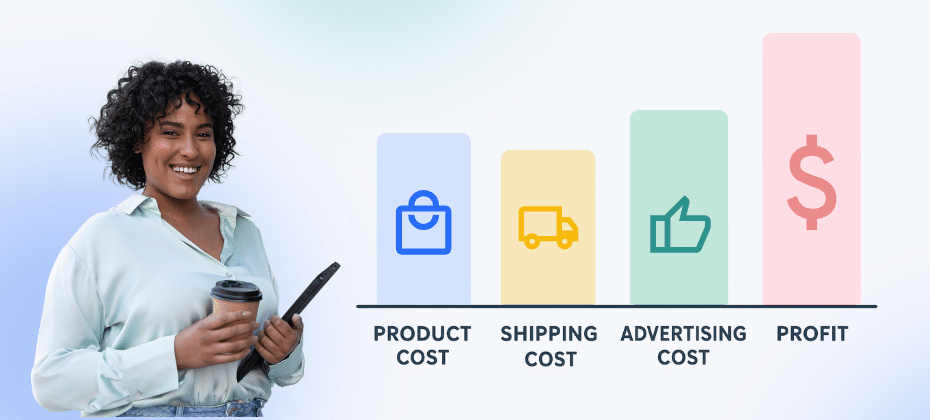
Understand Profit Margins
Your profit = Revenue – (Product + Shipping + Shopify Fees + Ads + App Costs). Use spreadsheets or apps like Lifetimely to monitor it.
Formula for Retail Price
Retail Price = (Product Cost + Shipping + Fees + Ads + Desired Profit) × Multiplier
Real-World Profit Example
- Product: $15
- Shipping: $5
- Fees/Ads: $8
- Target Profit: $10
Total: $38 → Markup to $44.99 for psychological pricing
Hidden Costs to Watch
- Chargebacks or refunds
- Failed ad campaigns
- Poor supplier performance leading to order disputes

Managing Your Dropshipping Budget
Even a small difference in budgeting can make or break your monthly performance. This section focuses on managing your ongoing costs effectively by tracking, reviewing, and optimizing your spending. Good financial habits can protect your business from cash flow problems and maximize your earnings.
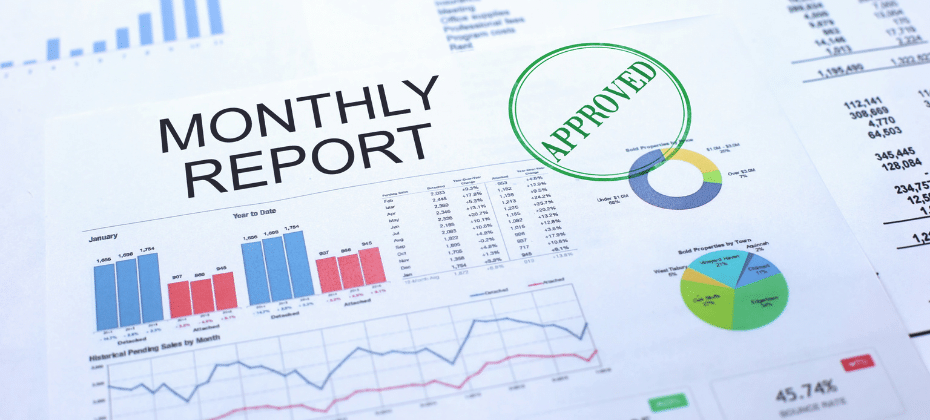
Monthly Cost Monitoring
Now that you understand the different types of dropshipping expenses, let’s pull it all together. This section offers a visual and tabular overview of what an average dropshipping business might spend monthly. Use this as a reference point for building your own budget and forecasting your break-even point.
Budget Planning Template
Make a simple monthly table with fixed vs variable expenses.
- Fixed: Shopify, Syncee, domain
- Variable: Ads, app usage, product cost
Reinventing Based on Performance
Don’t hesitate to:
- Pause underperforming ads
- Replace high-cost suppliers
- Downgrade unused apps
Pro Tip: Use Free Trials Strategically
Take advantage of free plans or 14–30 day trials to test apps and services before committing.
After breaking down all the potential costs of dropshipping, one question remains: is dropshipping still a viable business model? The answer depends on your goals, your strategy, and your commitment. If you’re looking for a low-barrier way to start selling online—with flexibility, scalability, and minimal upfront risk—the cost of starting a dropshipping business remains one of the lowest-barrier ecommerce models.
Moreover, it’s wise to build a network of other dropshippers. Joining forums or social media groups can provide valuable insights and tips from peers who have navigated similar challenges.
The cost of dropshipping may vary based on how fast and how big you want to scale, but it remains one of the lowest-barrier ecommerce models.
- No inventory to manage
- Flexible supplier access via tools like Syncee
- Scalable infrastructure through Shopify and apps
All-In Cost Estimate (Minimum to Start)
If you add up the essentials with average values:
- Shopify Basic: $39/month
- Syncee Basic: $39.99/month
- Domain: $12/year (~$1/month)
- LLC registration: $100 one-time (avg)
- Apps (3–4): $75/month
- Ads (low scale): $100/month
- Sample order: $25 one-time
- Branding/logo: $75 one-time
Initial Startup Total (first month): ~$450–$600
Ongoing Monthly Costs: ~$250–$300 depending on app usage, ads, and product costs.
Realistic Numbers: Conversion Rates and Sales
Let’s run a basic scenario:
- Daily visitors: 1,000
- Conversion rate: 1% (industry average for ecommerce)
- Orders per day: 1,000 x 1% = 10 orders
- Average order value (AOV): $50
- Daily revenue: 10 x $50 = $500
Now, assume your profit margin (after product cost and fees) is 30%.
That gives you:
- Daily profit: $500 x 30% = $150
Final Thoughts
After breaking down all the potential costs, one question remains: is dropshipping still a viable business model in 2025? The answer depends on your goals, your strategy, and your commitment. If you’re looking for a low-barrier way to start selling online—with flexibility, scalability, and minimal upfront risk—dropshipping remains a highly attractive option.
It’s not without its challenges, but with careful planning and the right pricing strategy, you can build a highly profitable business. Understanding the overall cost of dropshipping can help mitigate risks and enhance your chances of success.
It’s important to regularly analyze your pricing strategy. Consider seasonal trends or market fluctuations that may impact your product pricing. By staying informed, you can adjust your prices in real-time, keeping your business competitive.
Furthermore, utilizing financial software to track expenses can streamline your budgeting process. Many platforms provide insights into your spending patterns, helping you identify areas for potential savings or necessary adjustments.
Lastly, consider the importance of maintaining good relationships with your suppliers. Communication plays a crucial role in ensuring you get the best prices and services, which can ultimately affect your bottom line.
Frequently Asked Questions
How much does it actually cost to start dropshipping?
You can get started for as little as $50–$100 if you use free trials and keep your store simple. Expect higher monthly expenses as you scale.
Is $100 enough to start dropshipping?
Yes, it is possible to start dropshipping with $100, but it requires a very lean and strategic approach. You’ll need to use free trials for Shopify (3-day trial) and Syncee (3-day trial), choose a free theme, and rely on organic marketing via social media or content. Most of your budget may go toward purchasing your first product for testing or covering your first real order. While this is enough to test the waters, scaling and gaining traction will eventually require further investment in apps, ads, and branding.
Can I offer free shipping without losing money?
Yes. You can include the shipping cost in your retail price to offer “free” shipping while still covering your expenses.



